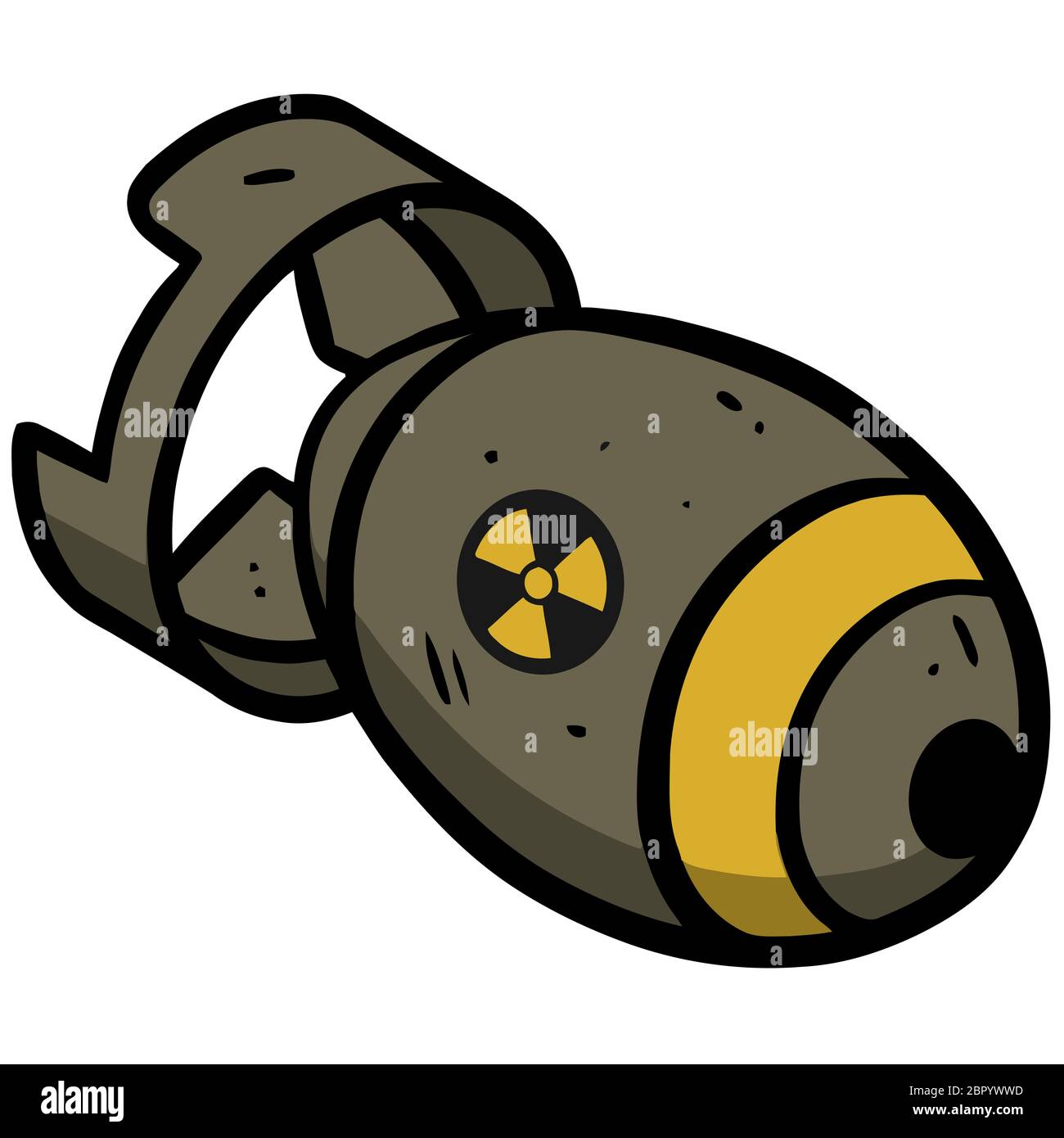
This is for what this particular tool was developed for. Then legacy tools have lots of “assumptions” build into them.įilmGrade (Offset/Contrast) assumes that the image is encoded in a cineon like quasi-log space. I think generally ACEScc is quite difficult to use because it is not a physical nor a perceptual space. So ideally you do white balance in linear and then convert to a quasi log representation for things like sharpening or scaling. Subsequent operations like saturation changes or scaling might not work correctly in ACEScc with lots of “dark energy” :-). But you should not forget that ACEScc will put the image into a state which overemphasises the energy in the shadows. The result might be identical for the operation of a white balance or exposure change.


Modern colour correcter tend to develop into the direction that each operator is operating in the space appropriate for its design goals.įor the argument of addition in ACEScc vs multiplication in linear: Most of the time, you scale in quasi-log because the disadvantages of the sharpening components produce artefacts in linear (overshoots). So there is not really a right or wrong way. Scaling, for example, has both a physical component (anti-aliasing) and a perceptual component (sharpening). It becomes tricky if you do things that incorporate several things at the same time. (Sharpening is probably happening in our neural pathway)
#NUKE DENOISE MOVIE#
Vegas Pro (32-bit and 64-bit), Sony Vegas Movie Studio.OpenFX hosts: Fusion, DustBuster+, Scratch (Win, Mac), Nuke (Win, Mac, Linux).Final Cut Pro, Motion, Final Cut Express (Mac).
#NUKE DENOISE MAC#

Well for those who hate the noise i want to how one of the most popular noise reduction (DNR) filter of the market, Neat Video. Personally noise dont botter me a lot, but many people are incredible anoing with the noise of the camera, I remember when you shoot in 35mm and you can remove the grain and now people can put grain in Digital Cameras, awesome! I think most of the problems with the new cameras like HDSLR, Alexa, RED are the noise.Īll that night shots, with a lot of grain result a problem for most of us.


 0 kommentar(er)
0 kommentar(er)
